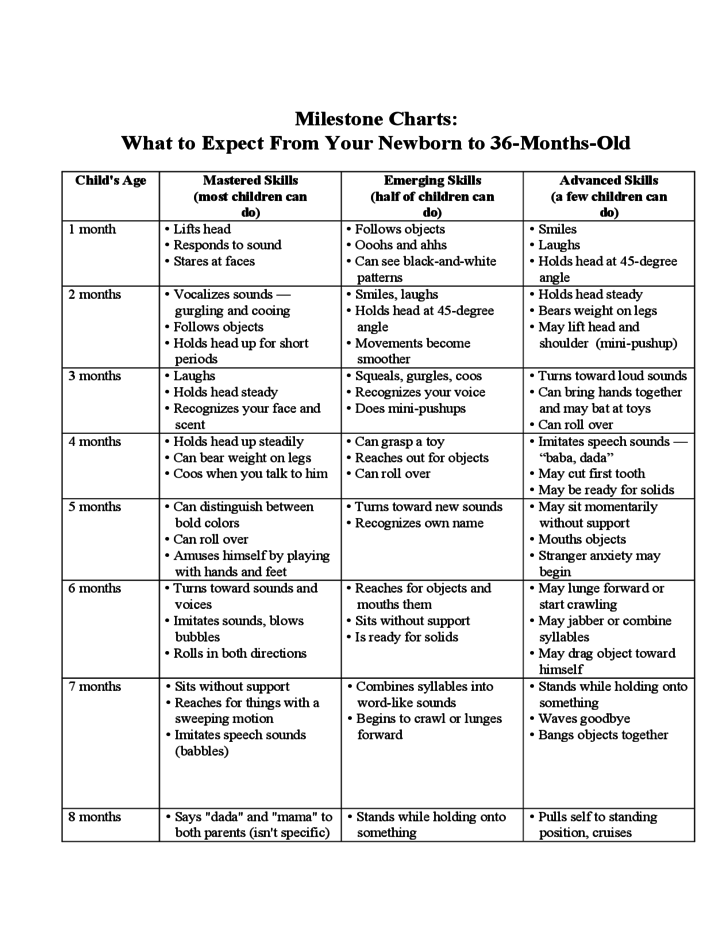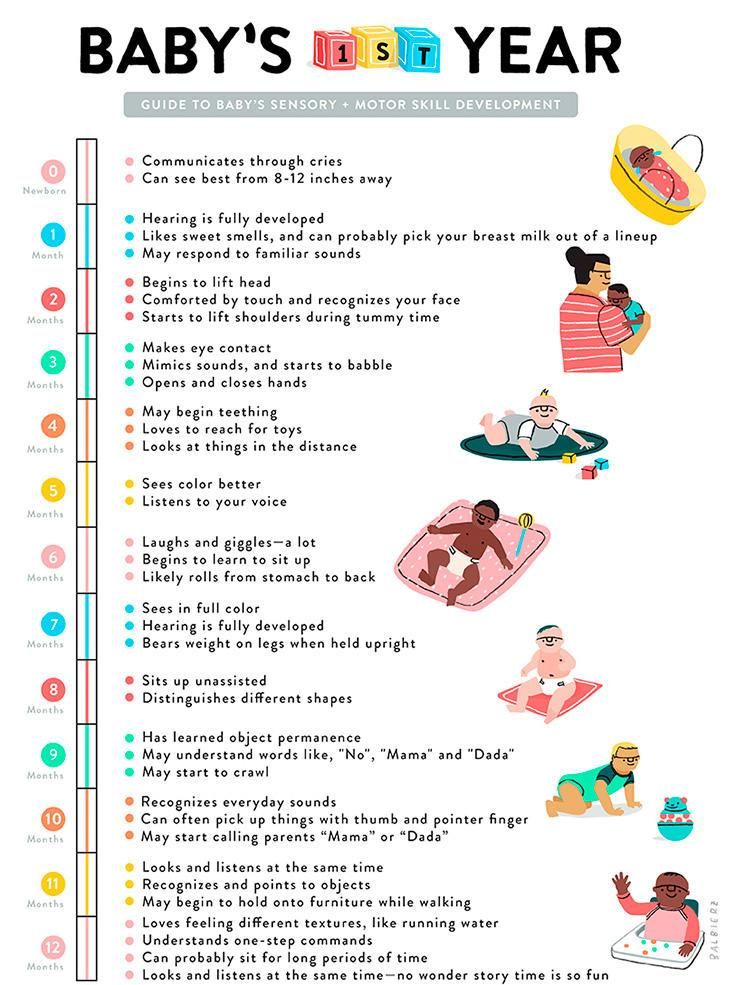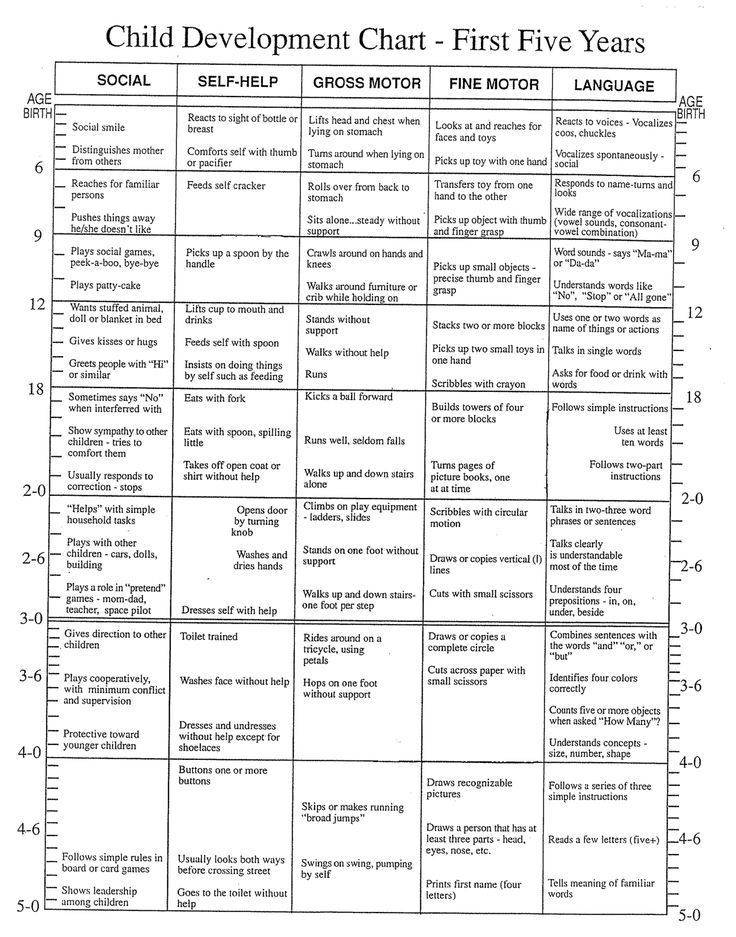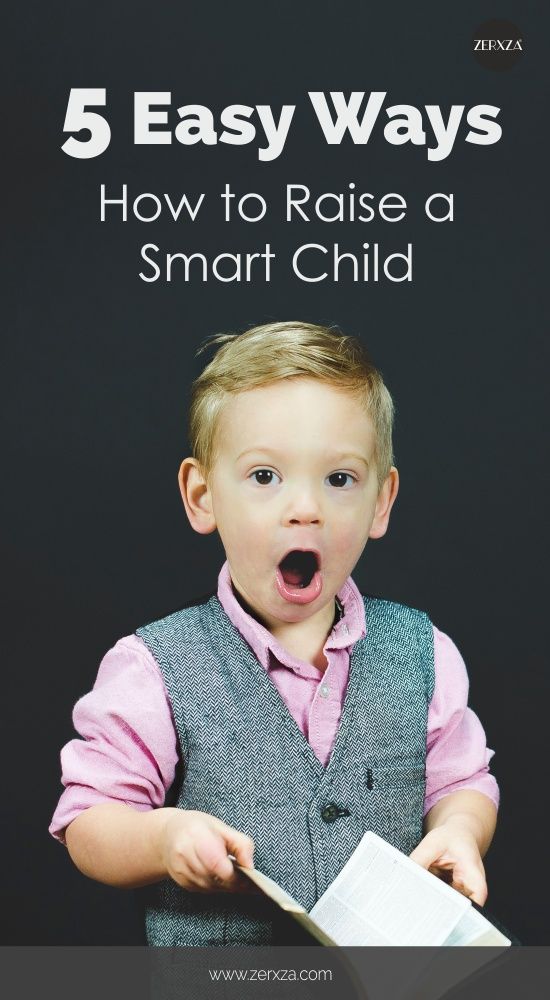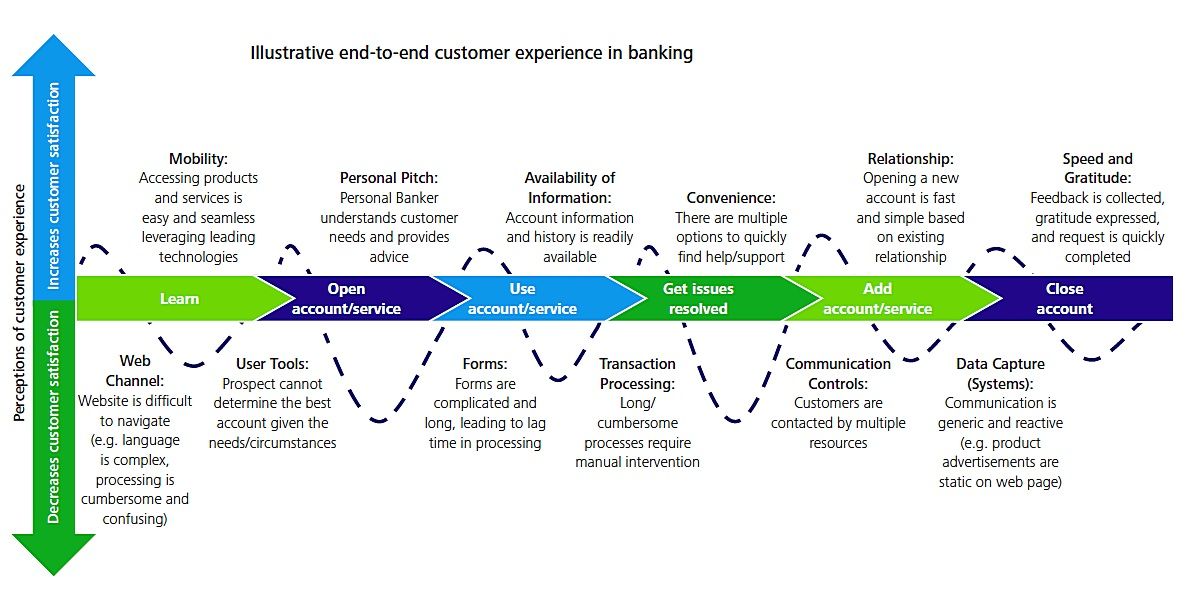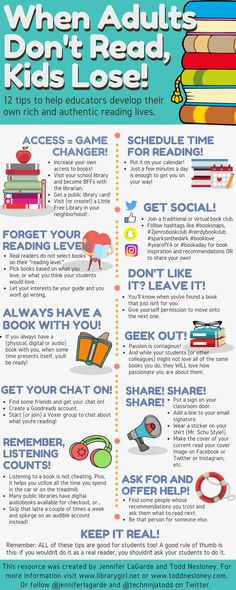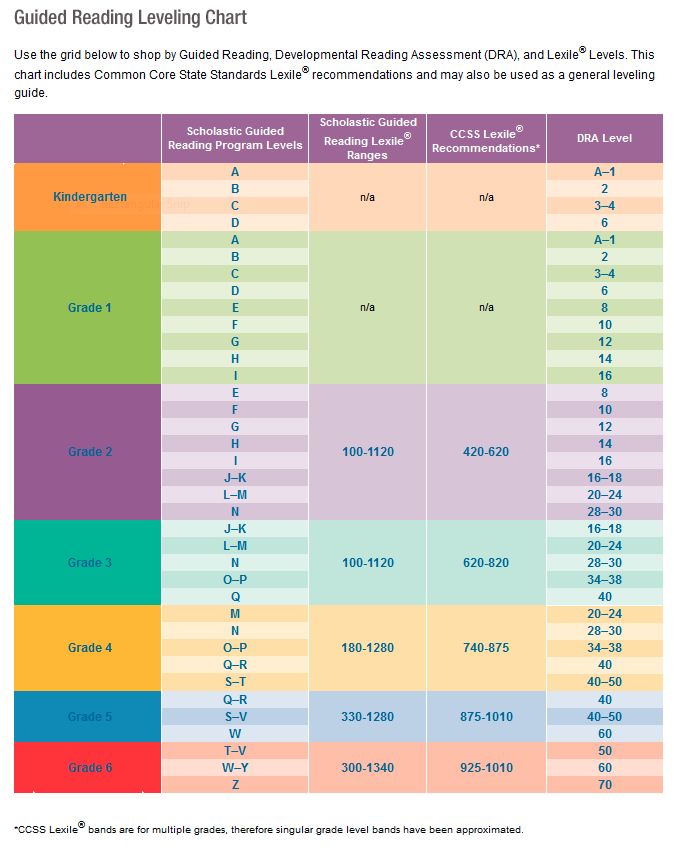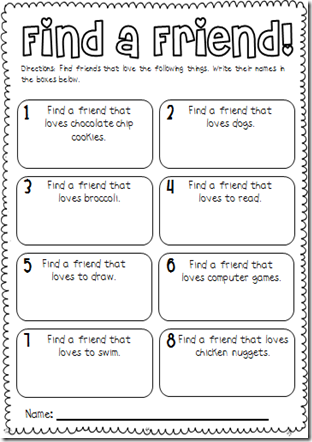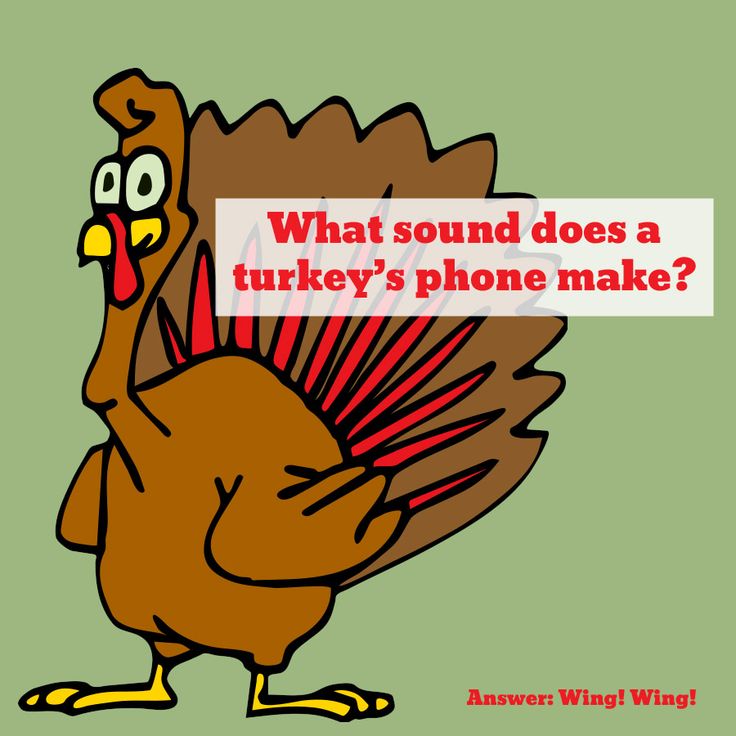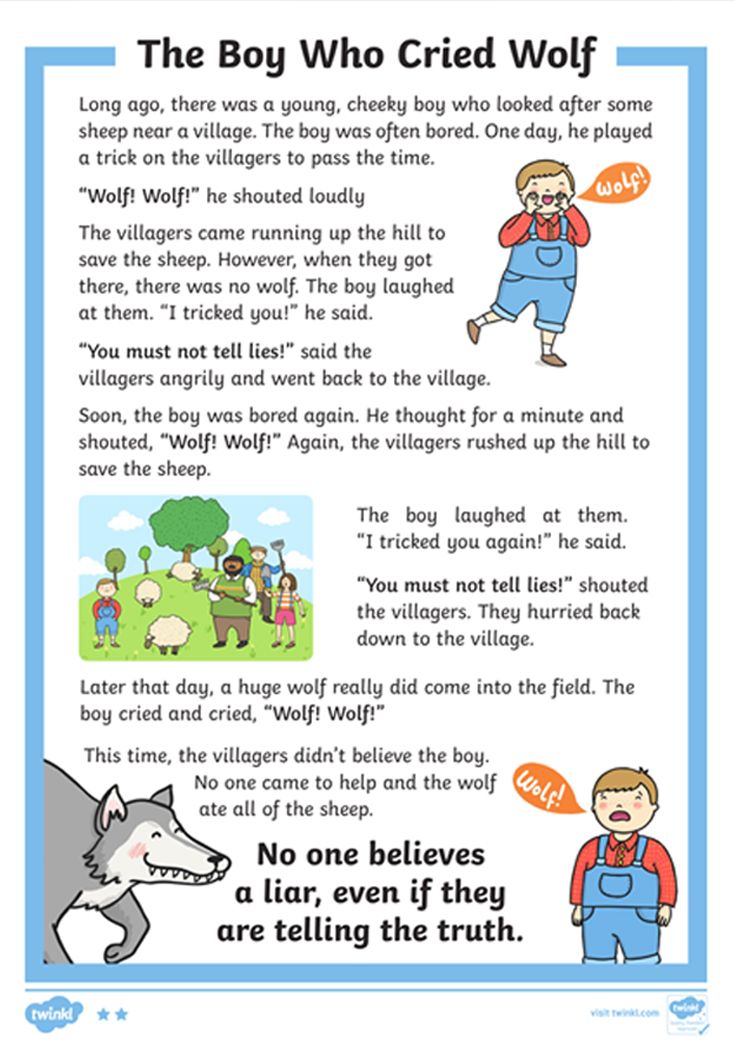Literacy milestones chart
Reading Development and Skills by Age
Even as babies, kids build reading skills that set the foundation for learning to read. Here’s a list of reading milestones by age. Keep in mind that kids develop reading skills at their own pace, so they may not be on this exact timetable.
Babies (ages 0–12 months)
- Begin to reach for soft-covered books or board books
- Look at and touch the pictures in books
- Respond to a storybook by cooing or making sounds
- Help turn pages
Toddlers (ages 1–2 years)
- Look at pictures and name familiar items, like dog, cup, and baby
- Answer questions about what they see in books
- Recognize the covers of favorite books
- Recite the words to favorite books
- Start pretending to read by turning pages and making up stories
Preschoolers (ages 3–4 years)
- Know the correct way to hold and handle a book
- Understand that words are read from left to right and pages are read from top to bottom
- Start noticing words that rhyme
- Retell stories
- Recognize about half the letters of the alphabet
- Start matching letter sounds to letters (like knowing b makes a /b/ sound)
- May start to recognize their name in print and other often-seen words, like those on signs and logos
Kindergartners (age 5 years)
- Match each letter to the sound it represents
- Identify the beginning, middle, and ending sounds in spoken words like dog or sit
- Say new words by changing the beginning sound, like changing rat to sat
- Start matching words they hear to words they see on the page
- Sound out simple words
- Start to recognize some words by sight without having to sound them out
- Ask and answer who, what, where, when, why, and how questions about a story
- Retell a story in order, using words or pictures
- Predict what happens next in a story
- Start reading or asking to be read books for information and for fun
- Use story language during playtime or conversation (like “I can fly!” the dragon said.
“I can fly!”)
Younger grade-schoolers (ages 6–7 years)
- Learn spelling rules
- Keep increasing the number of words they recognize by sight
- Improve reading speed and fluency
- Use context clues to sound out and understand unfamiliar words
- Go back and re-read a word or sentence that doesn’t makes sense (self-monitoring)
- Connect what they’re reading to personal experiences, other books they’ve read, and world events
Older grade-schoolers (ages 8–10 years)
- In third grade, move from learning to read to reading to learn
- Accurately read words with more than one syllable
- Learn about prefixes, suffixes, and root words, like those in helpful, helpless, and unhelpful
- Read for different purposes (for enjoyment, to learn something new, to figure out directions, etc.)
- Explore different genres
- Describe the setting, characters, problem/solution, and plot of a story
- Identify and summarize the sequence of events in a story
- Identify the main theme and may start to identify minor themes
- Make inferences (“read between the lines”) by using clues from the text and prior knowledge
- Compare and contrast information from different texts
- Refer to evidence from the text when answering questions about it
- Understand similes, metaphors, and other descriptive devices
Middle-schoolers and high-schoolers
- Keep expanding vocabulary and reading more complex texts
- Analyze how characters develop, interact with each other, and advance the plot
- Determine themes and analyze how they develop over the course of the text
- Use evidence from the text to support analysis of the text
- Identify imagery and symbolism in the text
- Analyze, synthesize, and evaluate ideas from the text
- Understand satire, sarcasm, irony, and understatement
Keep in mind that some schools focus on different skills in different grades. So, look at how a child reacts to reading, too. For example, kids who have trouble reading might get anxious when they have to read.
So, look at how a child reacts to reading, too. For example, kids who have trouble reading might get anxious when they have to read.
If you’re concerned about reading skills, find out why some kids struggle with reading.
Related topics
Reading and writing
Your child's literacy development
Developmental guidelines are not exact and should be used only as a guide. All children develop at different rates and their oral language, reading and writing don’t necessarily develop at the same rate or at the same time. The following features may be observed in children’s early literacy development. Parents may find these useful for understanding what they observe their child doing.
If you think your child may not be meeting milestones talk to your family doctor or community nurse, as intervention may be useful.
Beginning (0 to 3 years)
Oral language
| 0 to 1 year old | 1 to 2 years old |
|---|---|
|
|
Reading
| 0 to 1 year old | 1 to 2 years old |
|---|---|
|
|
Writing
| 0 to 1 year old | 1 to 2 years old |
|---|---|
|
Early emergent (3 to 5 years)
Oral language
| 3 to 5 years old | (Preschool/Kindergarten) |
|---|---|
e.g. 4-year-old girl: I’m not being boisterous, I’m being girlstrous! e.g. 3-year-old: I love you, Mummy. |
|
Reading
| 3 to 5 years old | (Preschool/Kindergarten) |
|---|---|
|
|
Writing
| 3 to 5 years old | (Preschool/Kindergarten) |
|---|---|
|
|
Early years of school
Oral language
- Uses increasingly sophisticated vocabulary and sentence structures.
- Can adjust their speech to meet the needs of a variety of situations.
- Uses language for an increasing variety of purposes and functions, such as to:
- satisfy personal needs and wants e.g. Can I have a cup?
- control the behaviour, feelings or attitudes of others e.g. Don’t do that.
- interact with others and establish relationships e.g. You want to sit with me?
- tell about themselves and their experiences e.g. I can draw.
- learn new things and test their knowledge e.g. Why did that happen?
- imagine, create new worlds, make up stories e.g. Let’s be princesses.
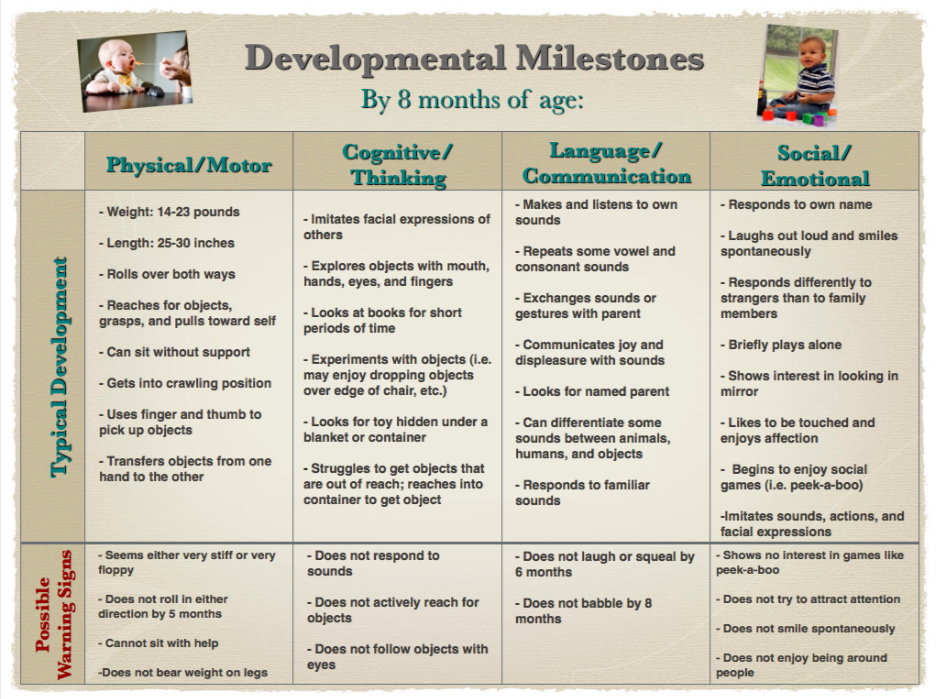
- inform, describe, explain e.g. I’ll tell you about the beetle.
- Can listen intently and follow multi-step instructions, for example: Go outside and check in the car for your hat. Then come and tell me if you can’t find it.
Reading
| Early (Kindergarten to Year 1) | Transitional (Years 1 to 2) | Extending (Years 2 to 4) |
|---|---|---|
|
|
|
Writing
| Early (Kindergarten to Year 1) | Transitional (Years 1 to 2) | Extending (Years 2 to 4) |
|---|---|---|
|
|
|
Further reading
The Agenda for Children, Literacy development milestones (https://letstalkcambridge.org/wp-content/uploads/Literacy-Development-Milestones-new-logo1.pdf)
Halliday M (1973), Explorations in the functions of language, Edward Arnold, London
Hill S (2012), Developing early literacy: assessment and teaching, Eleanor Curtain, South Yarra, VIC
Vukelich C, Christie J and Enz B (2002), Helping young children learn language and literacy Allyn and Bacon, Boston
Waterland L (1988), Read with me: An apprenticeship approach to reading, Thimble, Stroud
Search all resources
Language development in the early years
Information
Information for families about how language develops in young children.
Show more
Literacy development in milestones
Information
Some milestones in early childhood literacy development.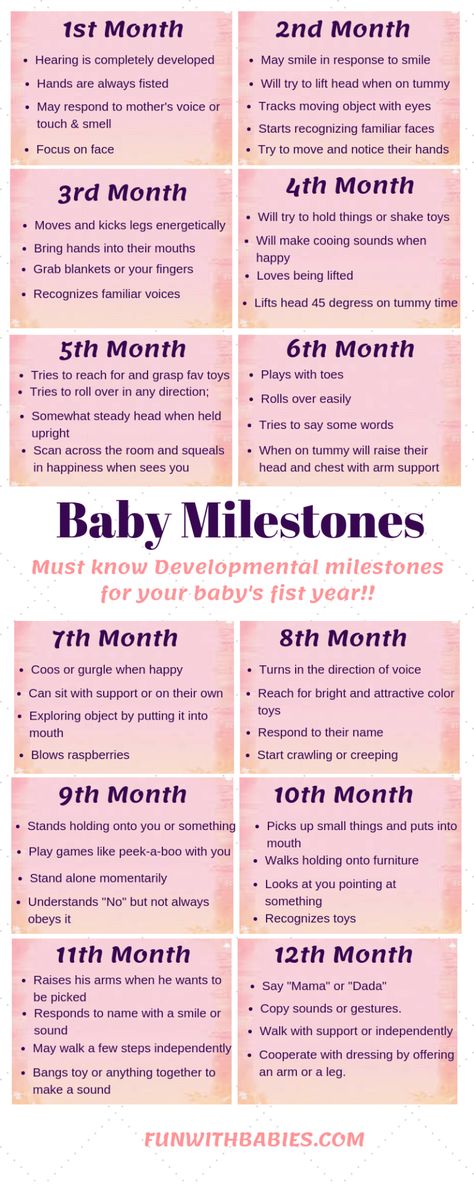
Show more
Learning to read: phonemic awareness
Information
A key skill in learning to read is the ability to hear and manipulate different ...
Show more
Literacy development concerns
Information
Information and practical advice addressing concerns families might have.
Show more
Search all resources
Your child's literacy development milestones – translations
Information
Download and view translations of 'Your child's literacy development milestones'...
Show more
Project portal — Databriz.com
Databriz —
project portal
Project management web portal for enterprises and holdings allows you to get rid of chaos in project management, improve coordination of all project participants among themselves, and helps management to get an up-to-date plan and the actual status of project work.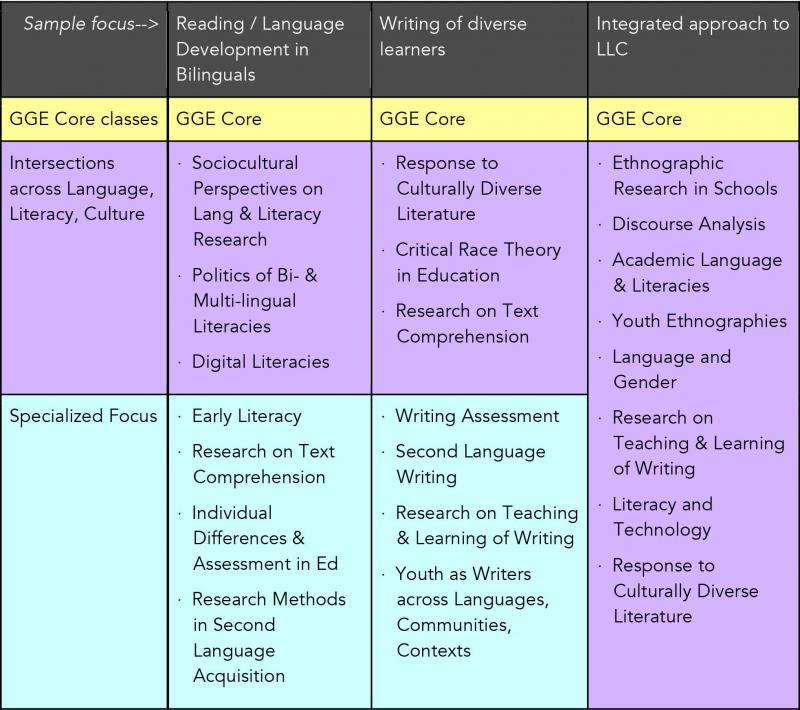
Main idea
Problem. As a rule, there is a large gap between the levels of project management. At the top level, beautiful plans and reports are made. And at the level of performers, everything lives its own life.
Solution. "Project office" from the company "Databreeze" helps to build a unified integrated project management system from top to bottom.
Economic effect. In our experience, all the main savings lie at the level of the performers of specific works. The portal allows them to organize their work in order to achieve an economic effect in each area of work.
Economic effect for the client
Economic effect from implementation.
- 10 percent - budget savings
- 15 percent - reduction in the timing of repairs
- 80 percent - reduction in the timing of headquarters and meetings
- 70 percent reduction in data collection time Federation
Supported operating systems:
System running based on RDBMS Postgres
Integration and support:
Key product features
Best
imaging solution on the market
High speed
Unified communication platform replacing chats in instant messengers
Integration with corporate systems out of the box
Architecture
solutions
Master schedule of all projects
Work relationships
Performance monitoring
Overdue job indication
Video surveillance
Project milestones
Responsible and participants
Effect of implementation
Thousands of projects are running simultaneously in an organization
Difficult to control project activities
Information on all projects is summarized on a single screen with the ability to drill down
The manager has information about the corporation in general with up-to-date data
+ increase in profit due to prompt management decisions
+ exclusion of losses possible due to insufficient awareness
Many holdings, subsidiaries and divisions involved in project activities
Difficult to generate consolidated reporting
The system is installed in subsidiaries
Departments independently create tasks and discuss them in public chats in the system
+ increase in profit due to effective interaction
+ decrease in the cost of organizing interaction
Project data is contained in various systems (DocsVision, SAP R3, SAP HR, Galaxy, PIMS, in Word, Excel or Project files, etc.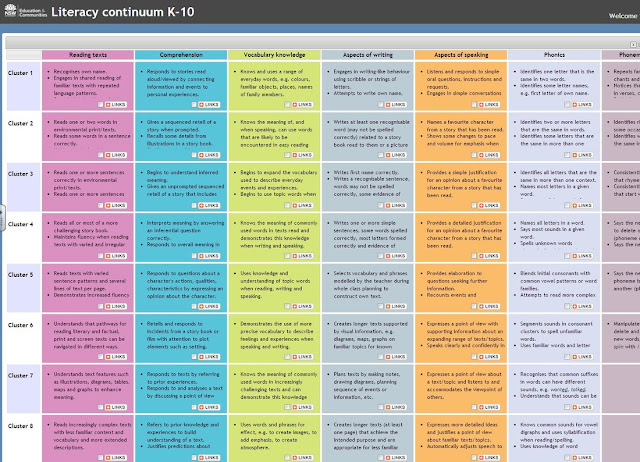 )
)
Collection of project data takes more than 1.5 months
Set up integration with data donor systems
The system calculates summary indicators and displays them as visual infographics
+ savings on purchasing, updating and setting up various tools
Complete control over the execution of a single task:
Project documentation
Video monitoring
Messaging in a group chat
Task activity protocol
Deadlines and responsible persons
Executive Dashboard:
Customer testimonials
… and others, total 15 positive reviews
Case 1:
The organization has a list of priority projects (on the example of TSK Mosenergo)
Problem:
Difficult to generate consolidated reports about the priority projects of the organization, as they involve various departments that lead projects in their own formats.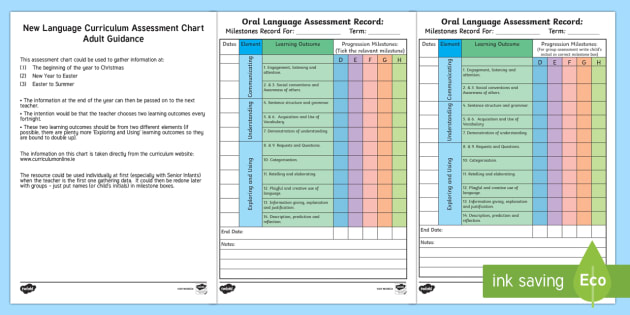
Solution:
Each division enters into the system key indicators for its tasks. Information on all 10 projects is summarized on a single screen of the manager with the ability to drill down to task level.
Case 2:
Project data is maintained in various systems and personal files (on the example of SNPZ)
Problem:
Difficult to control project activities as project data is scattered and are contained in the document management system (DocsVision), budgeting (SAP R3), personnel management (SAP HR and Galaxy), production management (PIMS), in Word and Excel files.
Solution:
System loads data from multiple systems, calculates aggregates and displays them in the form of visual infographics, which allows you to control the progress of projects.
Case 3:
The organization has a large number of projects and there is no single picture (on the example of Pharmstandard)
Problem:
The organization runs 1500 projects at the same time, each project is in the Project format, but it takes at least a week of work by a highly qualified specialist to get a single picture.
Solution:
The system displays a single picture for all 1500 projects day-to-day. Predictive analytics highlights those projects where there is a risk of missed deadlines.
Case 4:
A lot of time is spent on coordination of departments (on the example of MGFOMS)
Problem:
Different departments are involved in project activities (production - finance - personnel), but often they coordinate their actions for a very long time.
Solution:
At the project planning stage, all departments independently create tasks and discuss them in public chats in the system.
At general meetings, the resulting schedule is discussed and is approved.
Case 5:
An organization has many divisions or subsidiaries (on the example of Rostec)
Problem:
Corporate 14 holdings and more than 700 subsidiaries, project data collection takes more than 1.5 months of the whole department.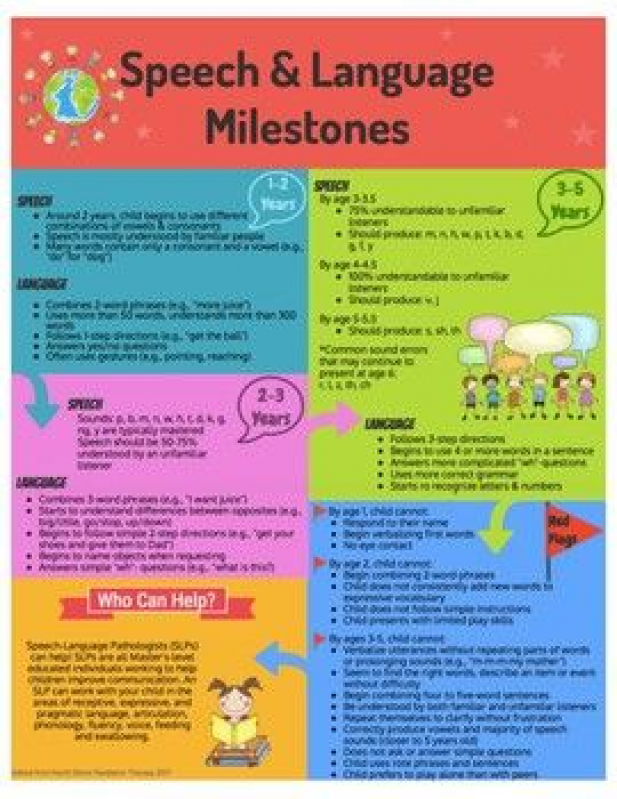
Solution:
The system is installed in subsidiaries, integration with data donor systems is configured, some information employees enter manually. The manager has information on the corporation as a whole with up-to-date data.
Case 6:
Project teams in the organization use messengers for coordination (on the example of Sibur)
Problem:
In an organization for stopping repairs, more than 800 employees of contractors who, at best, are coordinated via Viber, but as a rule communicate once a day on Headquarters, discussing notes in their notebooks.
Solution:
Employees of contractors enter information about work in the mobile application. At the "Headquarters" only those problems that could not be solved in working order are considered.
Case 7:
Stop Repair Management (on the example of Sibur)
Problem:
Stop repairs are carried out in the organization once or several times a year.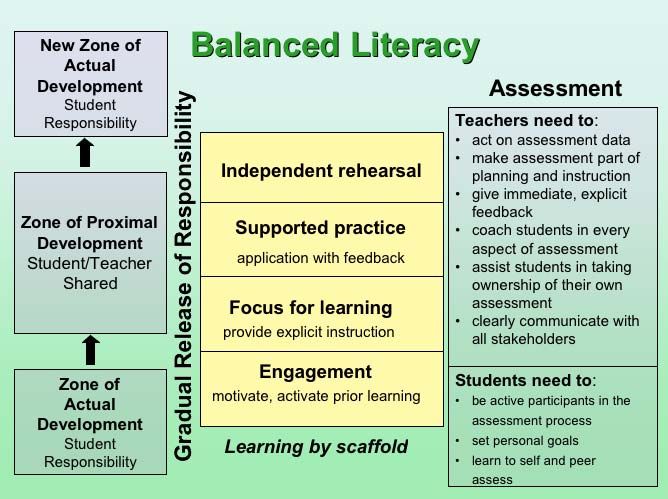 This is a very large-scale event that is planned for several months and takes place within one month. The company's existing Primavera solution allows repair planning, but the plan becomes obsolete after the first day of repair and management is maintained for the duration of the repair "Headquarters" in manual control mode.
This is a very large-scale event that is planned for several months and takes place within one month. The company's existing Primavera solution allows repair planning, but the plan becomes obsolete after the first day of repair and management is maintained for the duration of the repair "Headquarters" in manual control mode.
Solution:
Detailed project plan loaded into the system from Primavera, the system visually visualizes the progress of stop repairs in three sections: timing, mobilization of personnel, performance of the physical amount of work. Additional work that may arise can be quickly entered into the web version of the system, and the current status of the work the masters of contracting organizations, supervisors and plant mechanics enter into the mobile application.
Reduced shutdown repair time
Liquidation of notebooks. Liquidation of the "headquarters", Development of IT literacy and competencies
Reducing the cost of stop repairs
Economic Effect - Improve volumes per annum Account Time downtime 9000 9000 9000 9000 9000 9000 9000 9000 9000 9000 9000 9000 9000 9000 9000 9000 9000 9000 9000 9000 9000 9000
Competitor comparison
Implementation work plan for 12 weeks
Week #1
Rolling out system version
Week #2
Training and training of project teams to work with software. Formation of comments for software development.
Week #3 - 10
Iterative development of the system to the requirements of the TOR
Week No. 11
Acceptance test
Week #12
Commissioning
How schooling will change from September
© Sergey Kiselev/AGN Moscow
The school year will start in the usual full-time mode, schoolchildren will write fewer tests and get acquainted with the basics of financial literacy. In addition to knowledge, the school will now give children upbringing. About what innovations await students from September 1, 2021 - in the material of the "Parliamentary newspaper".
Controls according to the schedule
The head of Rosobrnadzor Anzor Muzaev said on August 16 that “the list of tests and measurements should be put in order, limited in number, and, indeed, the guys should have time to study.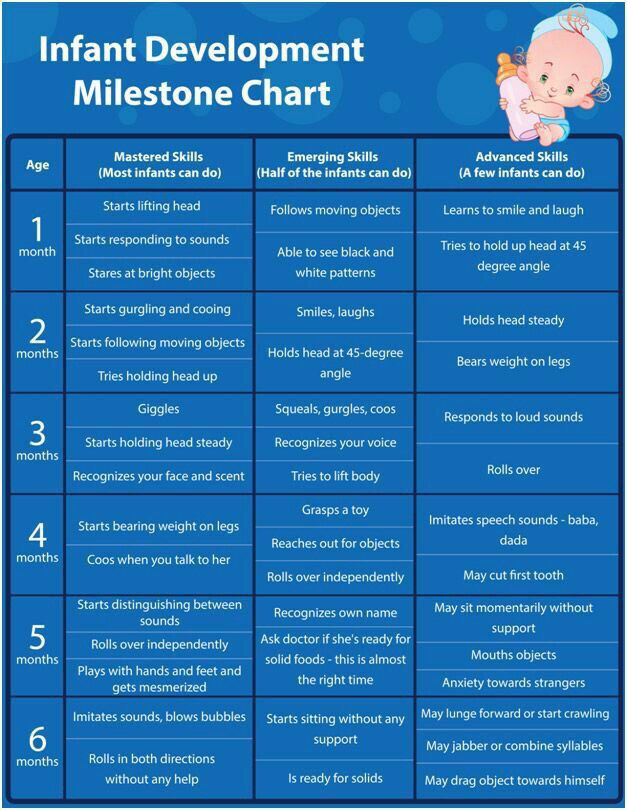 ”
”
This is what the recommendations drawn up by the Ministry of Education and Rosobrnadzor are devoted to. The document was sent to the regions on August 17, according to the website of the supervisory authority.
According to him, in the same parallel classes, it is desirable to conduct tests in each subject no more than once every two and a half weeks. No more than ten percent of the total amount of time allotted for studying the subject in a year should be allocated to testing knowledge.
It follows from the recommendations that tests should not be held at the first and last lessons, except for those subjects that are studied once a week. And no more than one a day. Plus, no "preliminary" test work on the eve of the real test. The departments also call for an end to the practice of replacing a full-fledged educational process with “multiple performance of the same type of tasks of a specific assessment procedure.” Apparently, this is a hint at the excessive love of some teachers for endless tests.
The following recommendation may put teachers in a difficult position: the ministry is opposed to handing out photocopies of worksheets to schoolchildren. Each such sheet must be printed on a high-resolution printer, and tasks can also be written on the board or used those given in textbooks.
However, experts consider such claims reasonable. “The stories about incorrect copies of test tasks made by xerography turned out to be so resonant that they served as the subject of discussion in Rospotrebnadzor,” Larisa Tutova, deputy chairman of the State Duma Committee on Education and Science, reminded Parlamentskaya Gazeta. According to her, in low-quality copies, the very content of tasks can be distorted, which is why conflict situations are possible when discussing the results of the completed task by the student.
“Therefore, the ministry calls on educational institutions to strictly follow the requirements and recommendations so that such situations do not happen again in the new academic year,” the deputy concluded.
Another recommendation of the Ministry of Education for schools is to draw up a single schedule for all assessment procedures, including regional and federal ones, and publish it on their websites in the first two weeks of the new academic year.
Financial literacy and taxes in algebra
Starting this year, in some schools, students from grades 1 to 9 will start learning financial literacy. This will not be a separate subject, but new topics in the usual lessons of mathematics, the world around us, social science and geography. This is enshrined in the new federal state educational standards (FSES) for primary and secondary schools.
The Central Bank of Russia participated in the development of standards. As reported on the website of the regulator on July 8, in elementary school children will be taught safety rules when paying for purchases via the Internet, analyzing family income and expenses, and planning expenses. Starting from the fifth grade, teenagers will be taught how to assess business risks, introduce them to the types of financial fraud, learn how to calculate taxes and prices, and how to fill out declarations and powers of attorney on their own.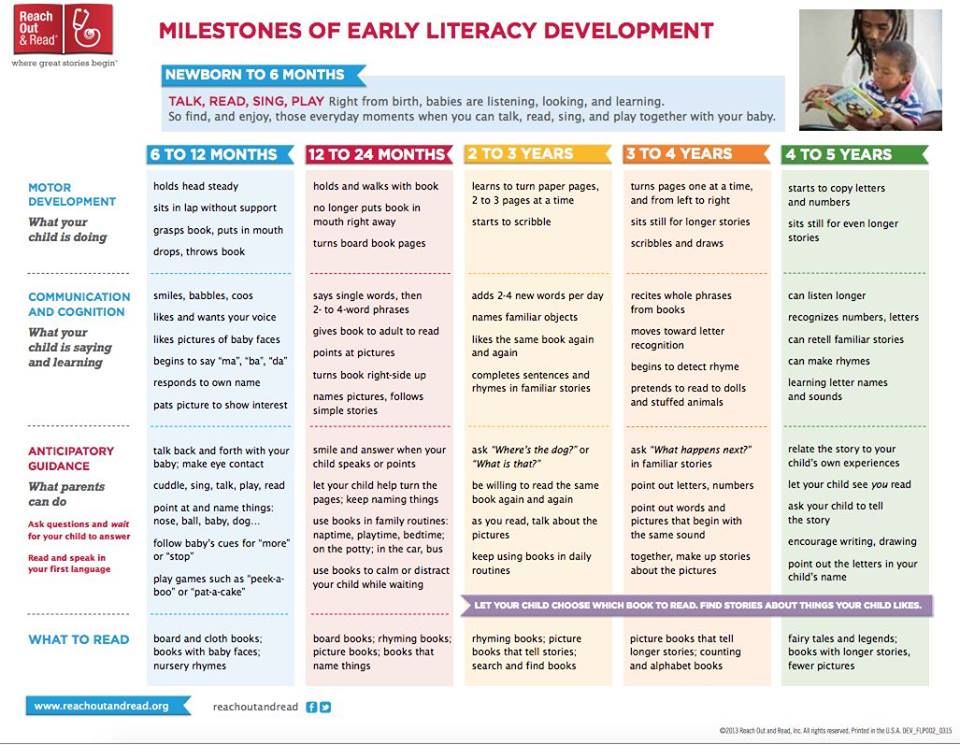
Many students look forward to these lessons: A survey by the Institute for Progressive Education found that 41 percent of high school students would like to study financial literacy in school. The demand for only psychology is even higher - 44 percent of respondents wished to study such a subject. Another 31 percent want to attend programming lessons, RIA Novosti reported on March 1.
The new GEF will be applied everywhere only from 2022, but in agreement with parents, schools can change their curricula as early as this academic year. As Sergei Shvetsov, First Deputy Chairman of the Central Bank of Russia, noted, already now 86 percent of educational institutions include financial literacy in their curricula in one form or another.
In addition to financial literacy, the new GEF includes other new topics that should be included in the curriculum: ecology, patriotism, and even the ability to resist extremist, terrorist and criminal influence. https://www.pnp.ru/social/shkolnikov-nauchat-sokhranyat-psikhicheskoe-zdorove-i-protivodeystvovat-ekstremizmu.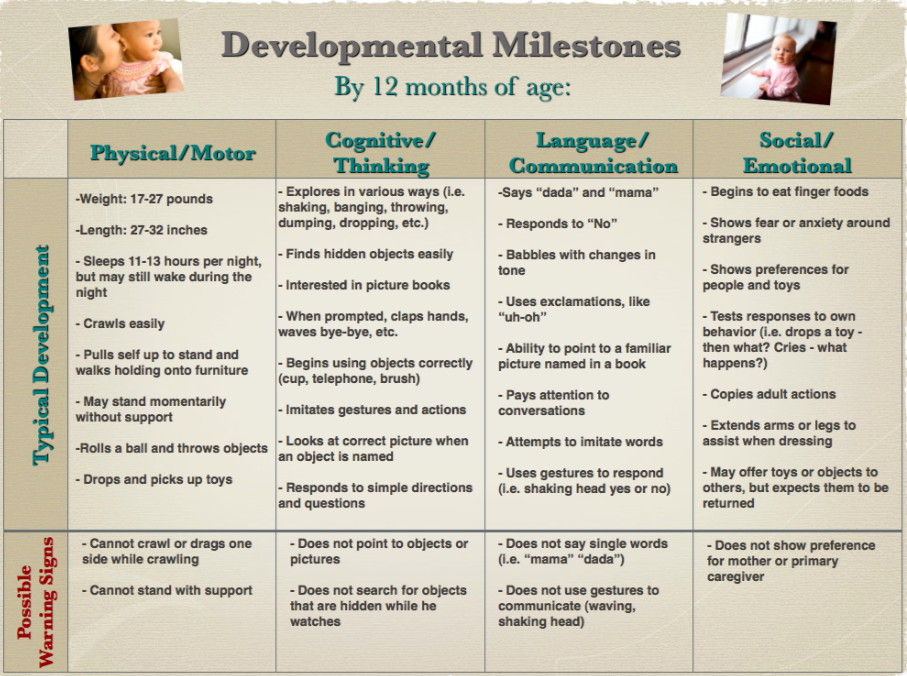 html
html
Lessons of patriotism will be added
knowledge, but also moral guidelines. A year ago, a law came into force that made education an integral part of the educational process. Schools were given a year to prepare rough work programs and a calendar plan.
Education will not be devoted to separate lessons - this process should be organically integrated into traditional subjects and extracurricular activities. The law prescribes to explain to children why it is necessary to respect elders, work honestly, take care of nature, study the cultural heritage of the peoples of Russia, honor the exploits of the defenders of the Fatherland, abide by the laws and be patriots of their country.
See also:
• Schoolchildren will be taught how to maintain mental health and counteract extremism
Let's meet at school
The 2021 academic year will start as usual, Minister of Education Sergei Kravtsov assured at a meeting with Commissioner for Children's Rights Anna Kuznetsova on August 16.

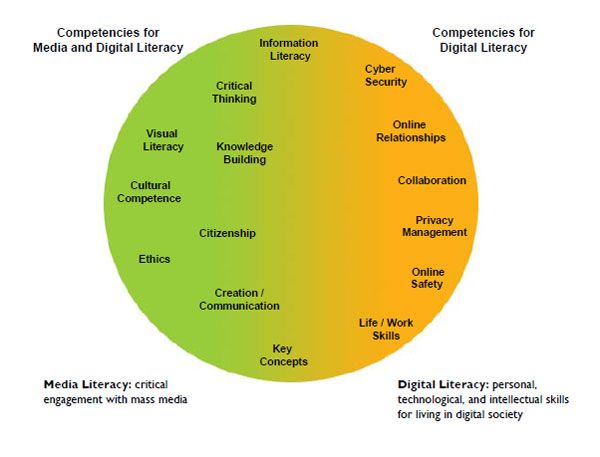 Makes repeated sounds such as cooing.
Makes repeated sounds such as cooing.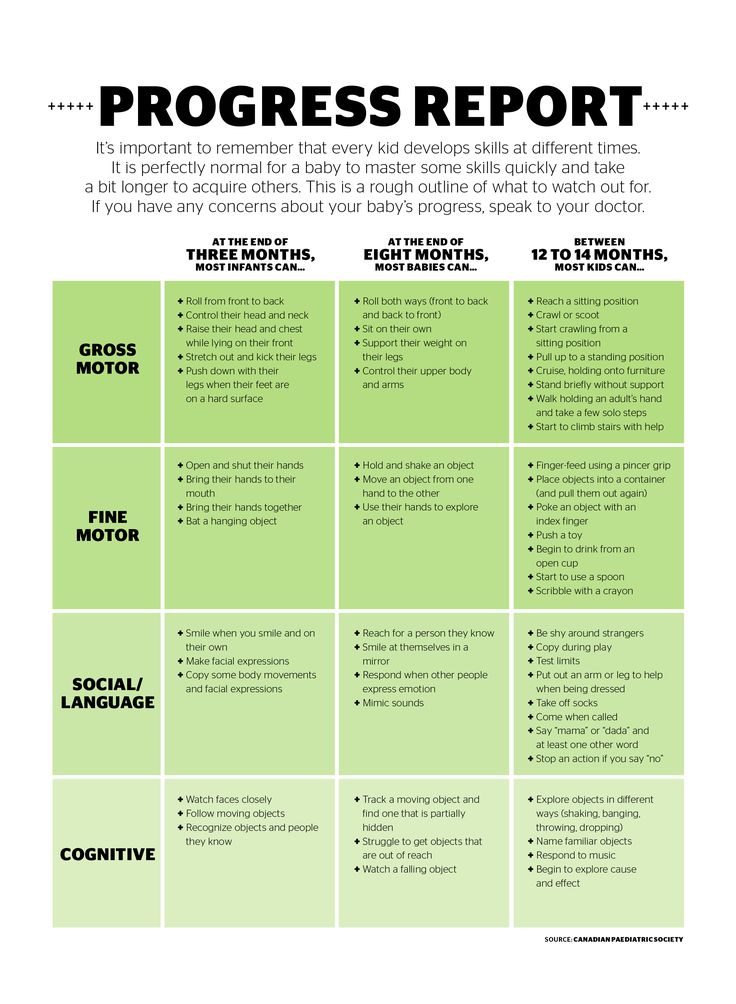 Get milk. Bottle fall.
Get milk. Bottle fall.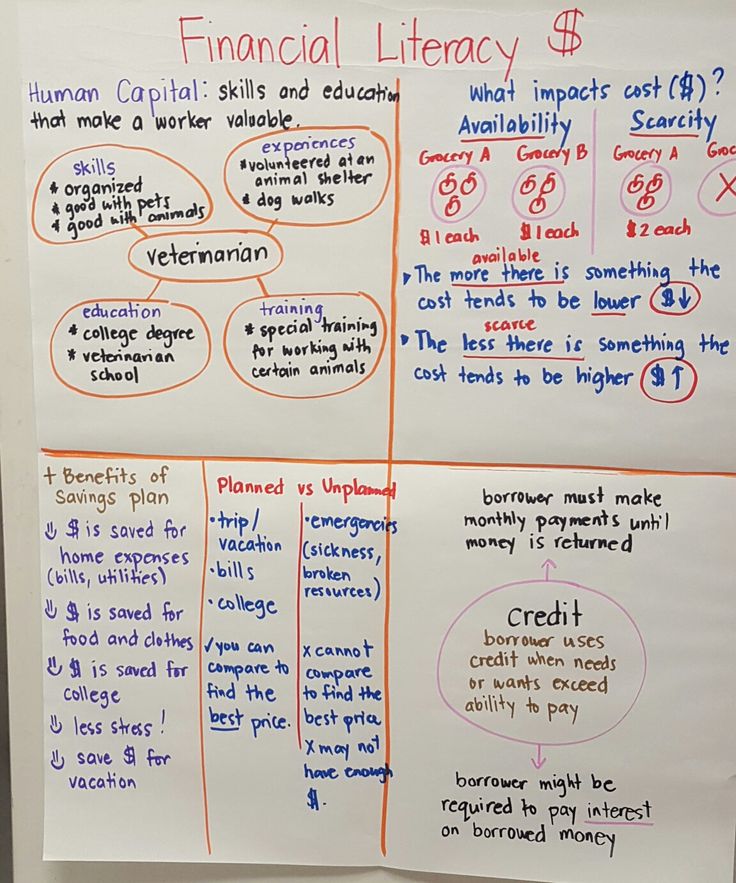
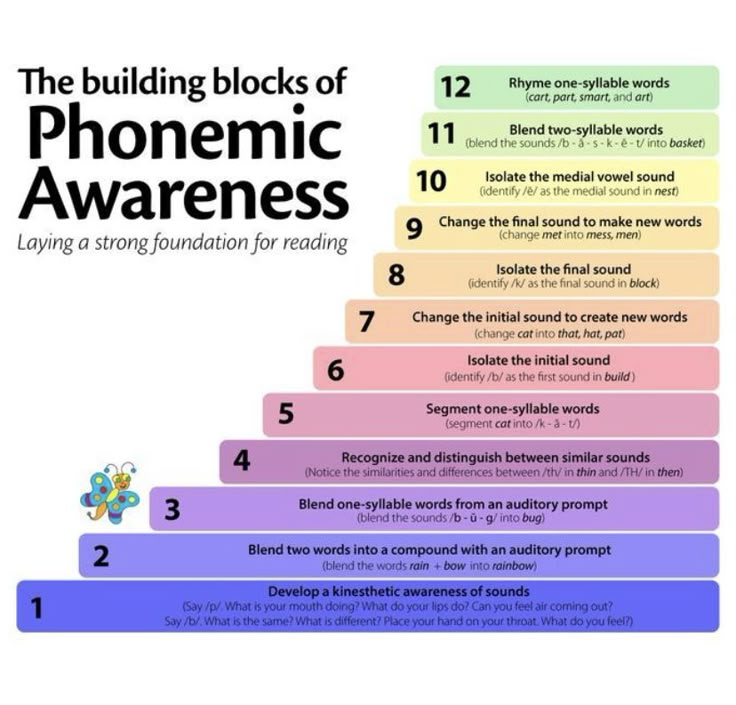 g. runned, comed.
g. runned, comed. e. questions, statements, declarations.
e. questions, statements, declarations.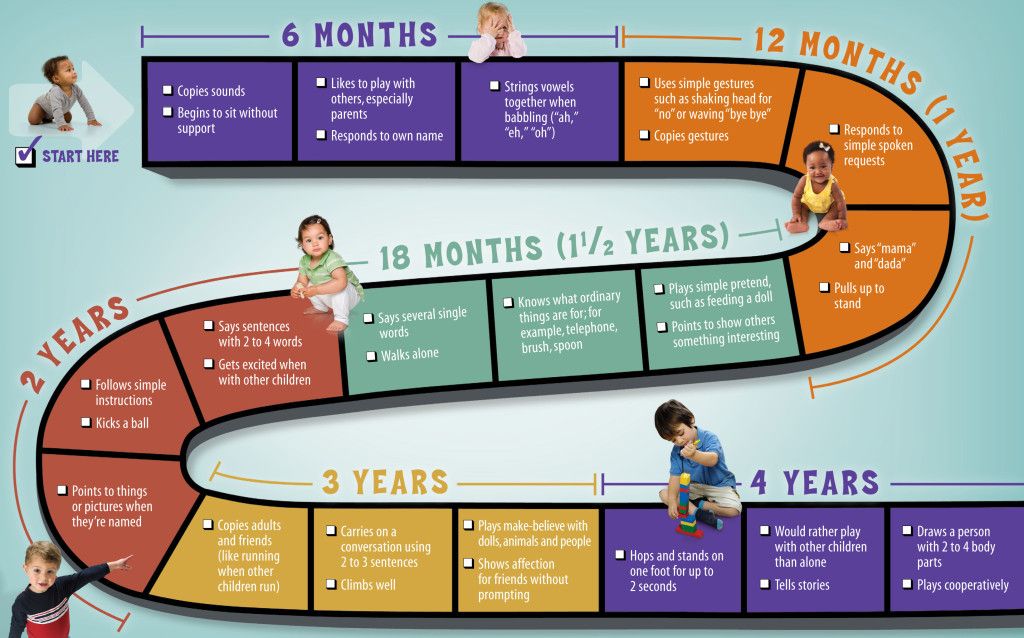
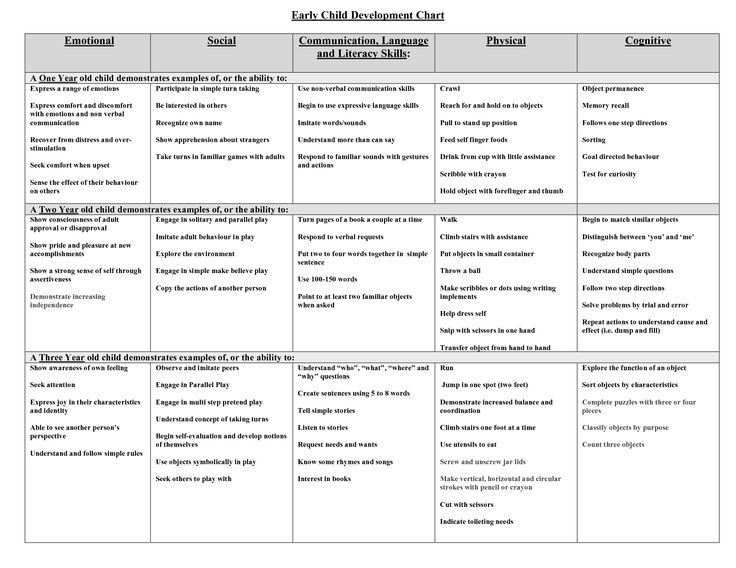
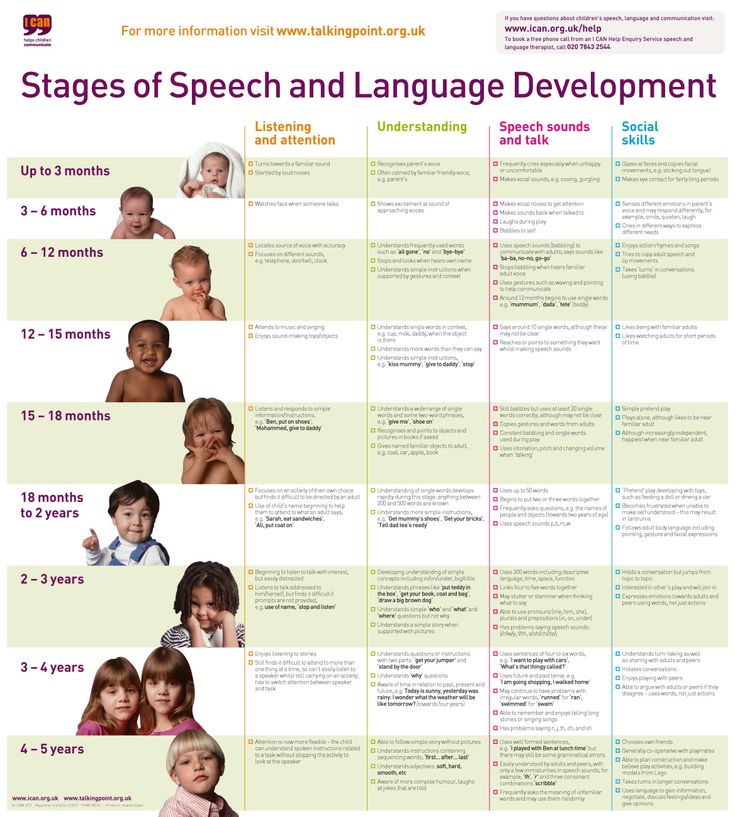 g. ‘cAK’ for ‘cake’.
g. ‘cAK’ for ‘cake’.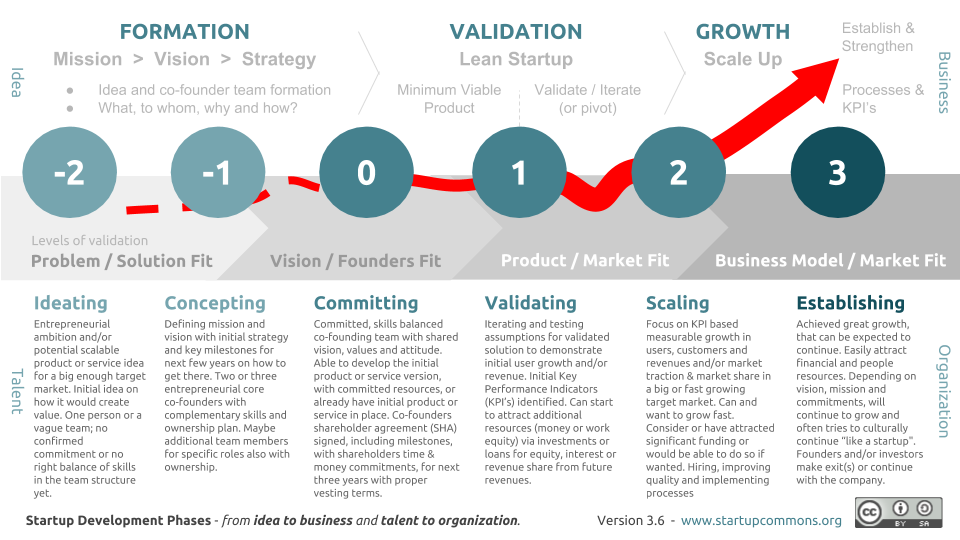 Notices when they don’t understand the text.
Notices when they don’t understand the text.
